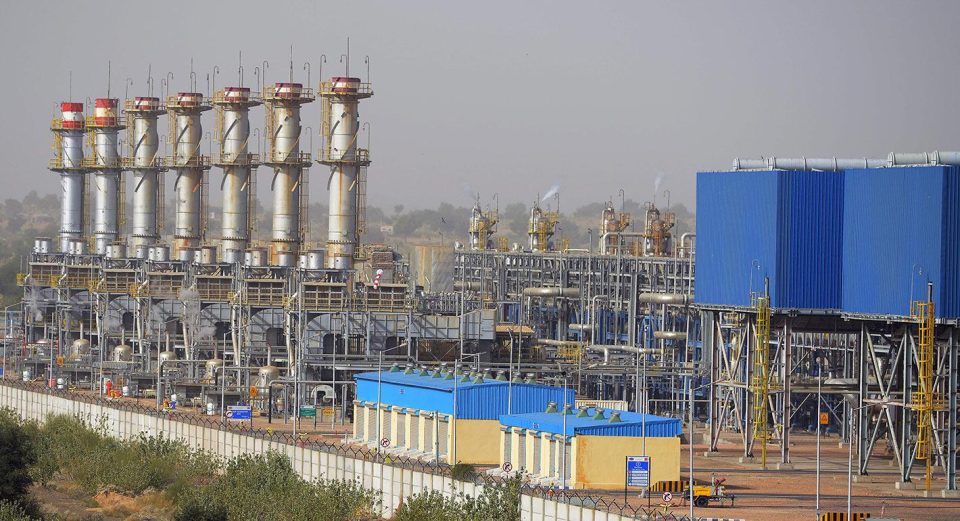India faces a high risk of nighttime blackouts this summer and for years. Delays in adding new coal-fired and hydroelectric capacity could limit the country’s ability to handle surges in electricity demand when solar power is unavailable.
A rapid increase in solar farms has helped India avoid supply gaps during the day. Still, shortfalls in coal-fired and hydropower capacity could leave millions facing widespread power outages at night, according to government data and internal documents seen by Reuters.
An internal report by the federal grid regulator, seen by Reuters, showed that India’s available electricity during “non-solar hours” in April this year is expected to be 1.7% below peak demand, a measure of the greatest demand for electricity at any given time.
Peak nighttime demand is expected to reach 217 gigawatts (GW) in April, up 6.4% from the highest nighttime level recorded in April last year.
“Things are a bit tense,” Grid Controller of India Ltd (Grid-India) said in a report dated Feb. 3.
While Indians hoping to escape the heat this summer will want a steady supply of electricity to their air conditioners, the risk of overnight blackouts threatens industries that operate around the clock, including automotive, electronics, steel and fertiliser manufacturing plants.
Power shortages this summer could be worse than expected, as Grid Corporation of India’s power shortage forecast came weeks before the India Meteorological Department predicted a March-May heatwave.
India’s union power secretary, Alok Kumar, played down concerns, saying the government had taken “all measures” to avoid blackouts.
“We are providing capacity to all states at competitive rates,” Kumar told Reuters.
After the release of the Grid-India report, another senior government official said the government had brought some coal-fired plants up for maintenance and ensured that additional gas-fired capacity was running to avoid blackouts.
According to Grid-India’s February report, as much as 189.2 GW of coal-fired power capacity is expected to be available in April this year. According to Reuters calculations based on Grid-India data, that would represent an increase of more than 11% from last year.
Coal, nuclear and natural gas capacity is expected to meet around 83% of peak overnight demand.
Hydropower is crucial not only to meet most of the remaining supply but also as a flexible generator since coal-fired plants cannot ramp up and down quickly to respond to changes in demand.
However, Grid-India forecasts that peak hydropower availability in April this year will be 18% lower than the level at which favourable weather conditions boosted production during the same period last year.
The risk of power outages at night starkly contrasts that during the day. Solar capacity has grown nearly four-fold over the past five years, in line with Prime Minister Narendra Modi’s pledge to curb carbon emissions in the Paris climate accord, boosting daylight hours.
As of April last year, solar power drives renewable energy to account for as much as 18% of India’s electricity generation in a single day.
The pressure comes after sunset, as coal-fired power generation has grown by just 9% over the past five years.
A Reuters analysis of data from the Indian Energy Exchange, India’s most liquid electricity trading platform, showed that power was fiercely contested around midnight last April, with buyers bidding five times what sellers offered.
The widening supply-demand fault line underscores the need to ramp up coal capacity additions over the next few years to avoid blackouts.
Construction of as many as 26 coal-fired units with a capacity of 16.8 gigawatts has been delayed by more than a year, with some plants facing delays of more than 10 years, according to the Central Electricity Authority.
According to power plant officials, projects under construction are stalling due to local protests over environmental concerns, legal challenges to compensation for land expropriation, and labour and equipment availability.
Increases in hydropower and nuclear power capacity face tougher hurdles. They have faltered amid a lack of foreign investment and opposition from critics over safety and environmental concerns, heralding a decline in power supply.


 Signals, Powered By EquityPandit
Signals, Powered By EquityPandit

